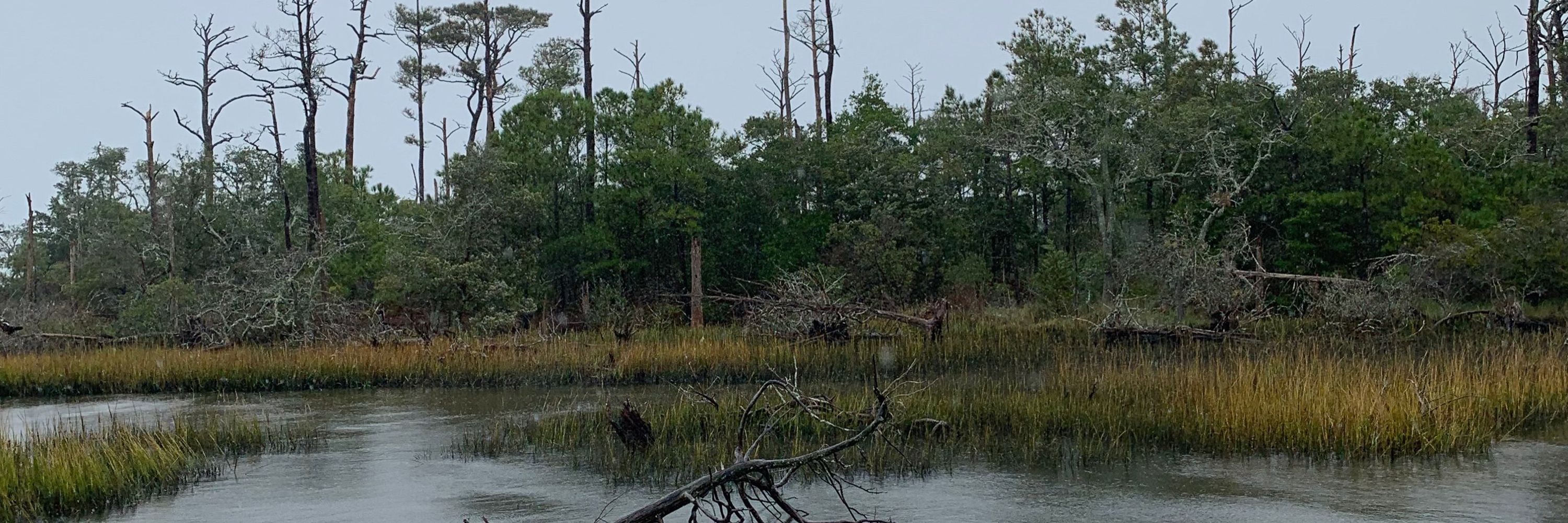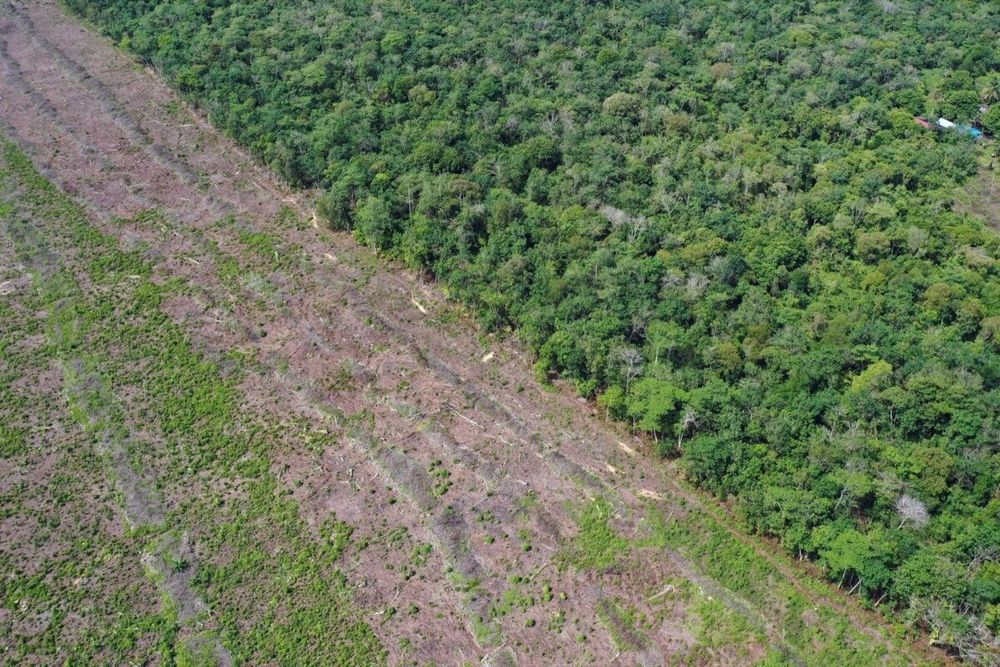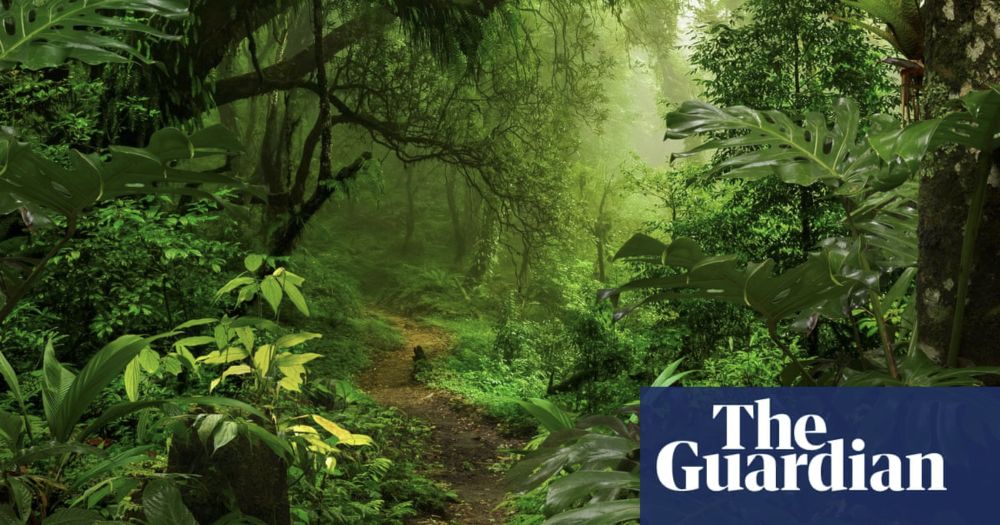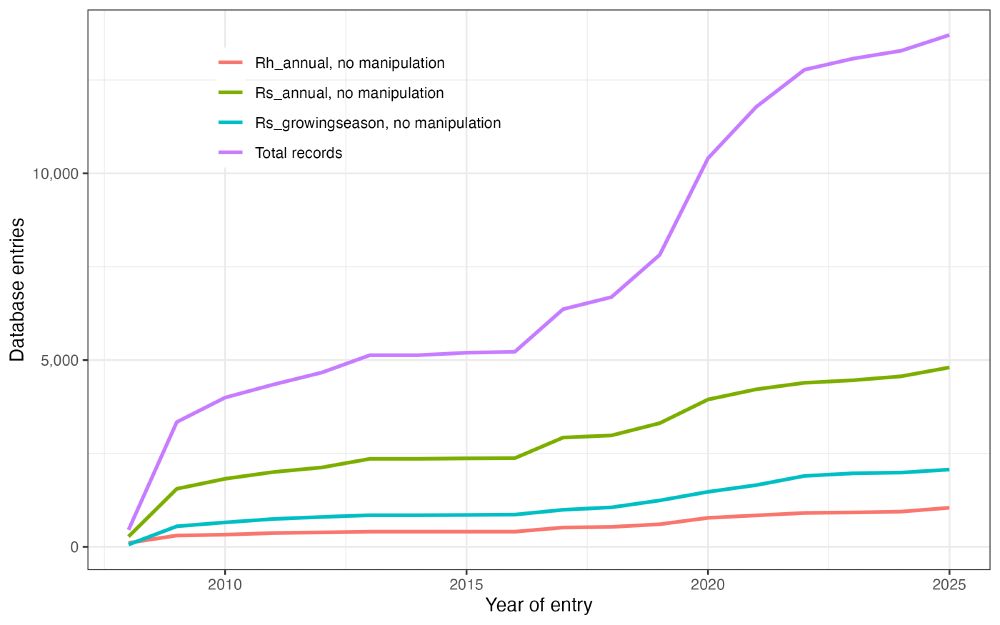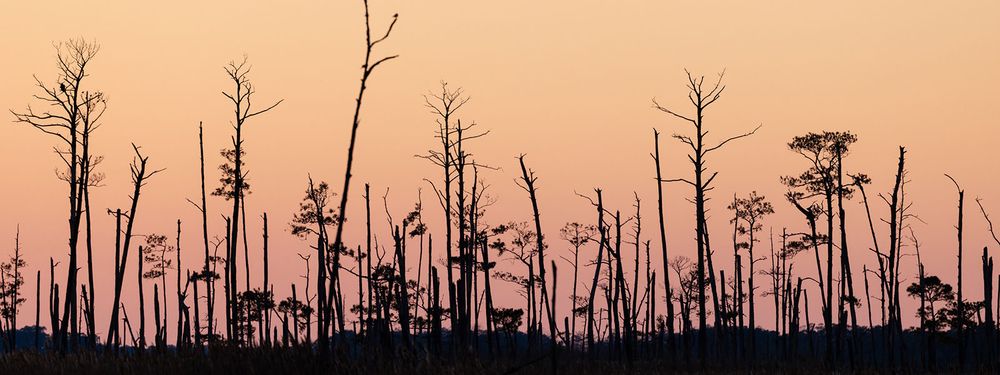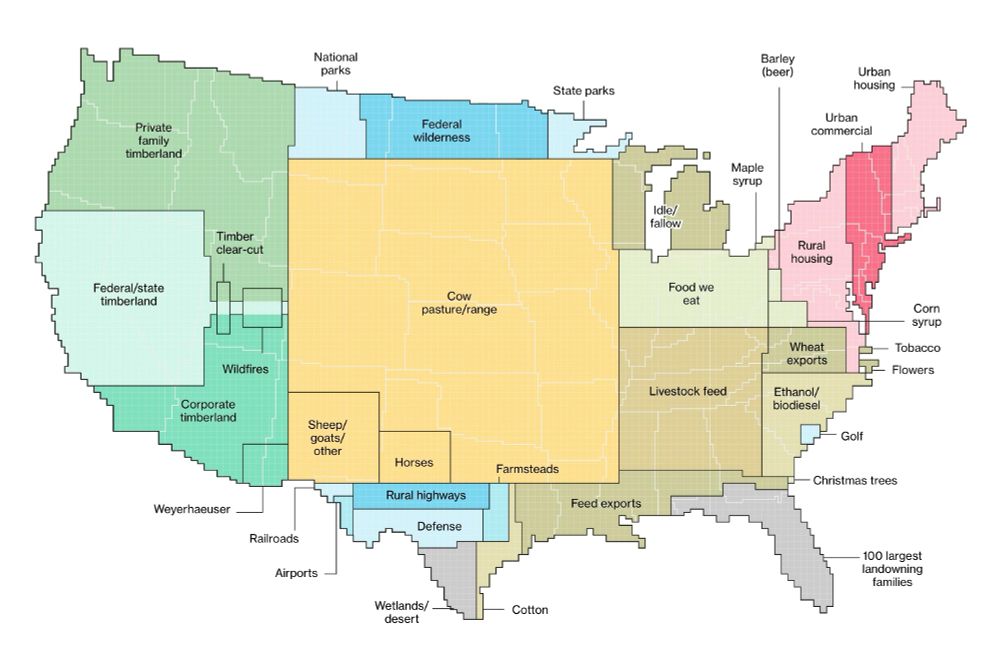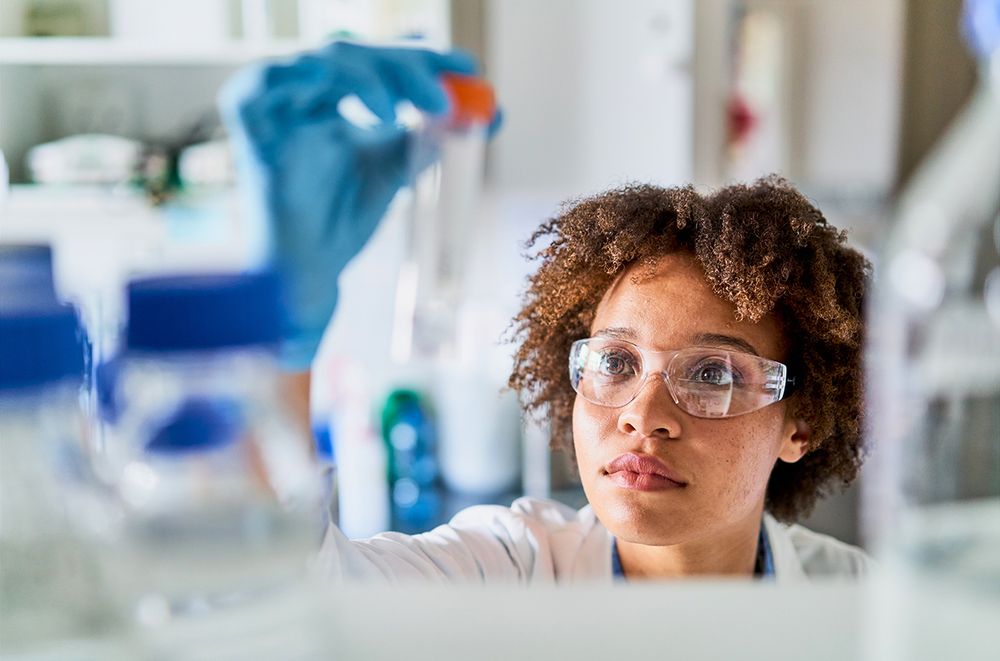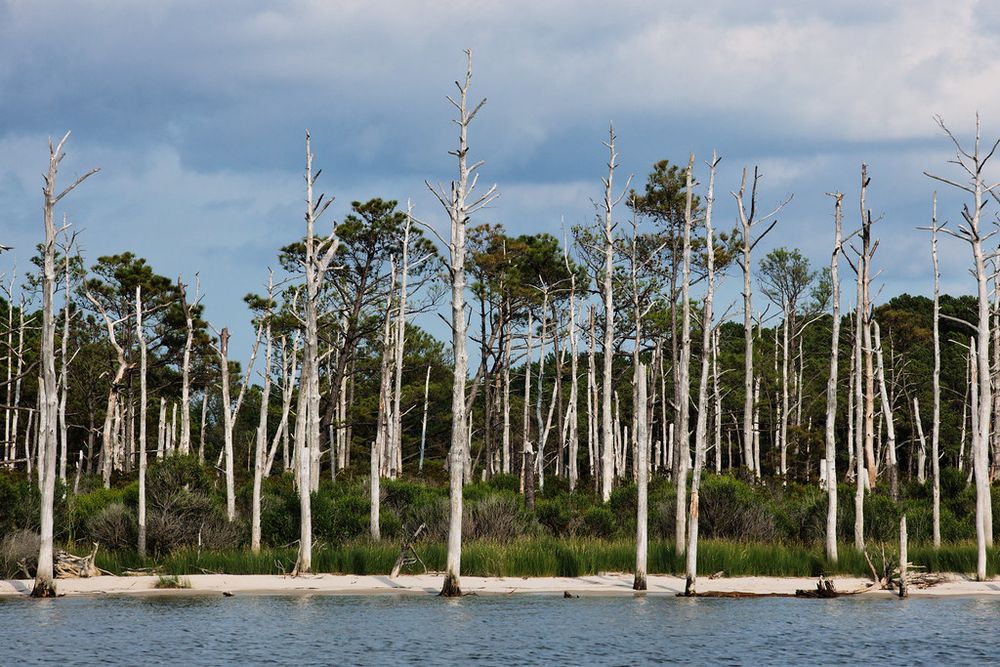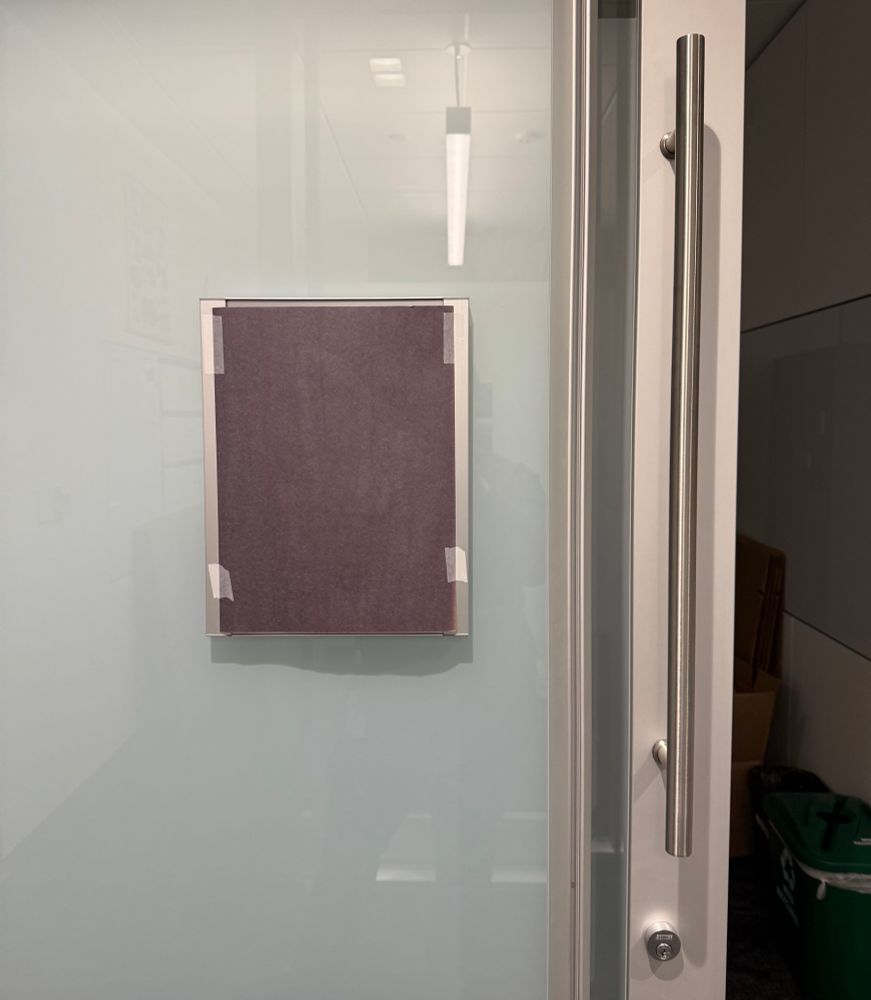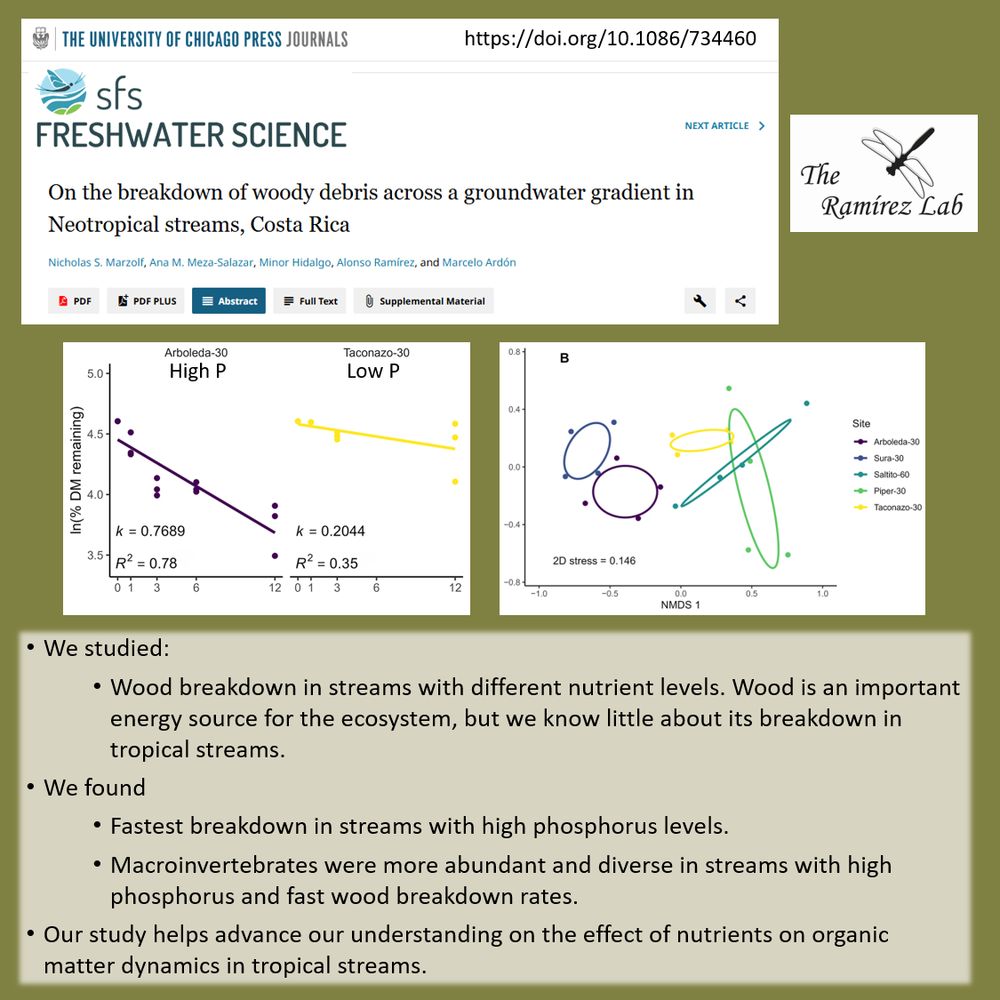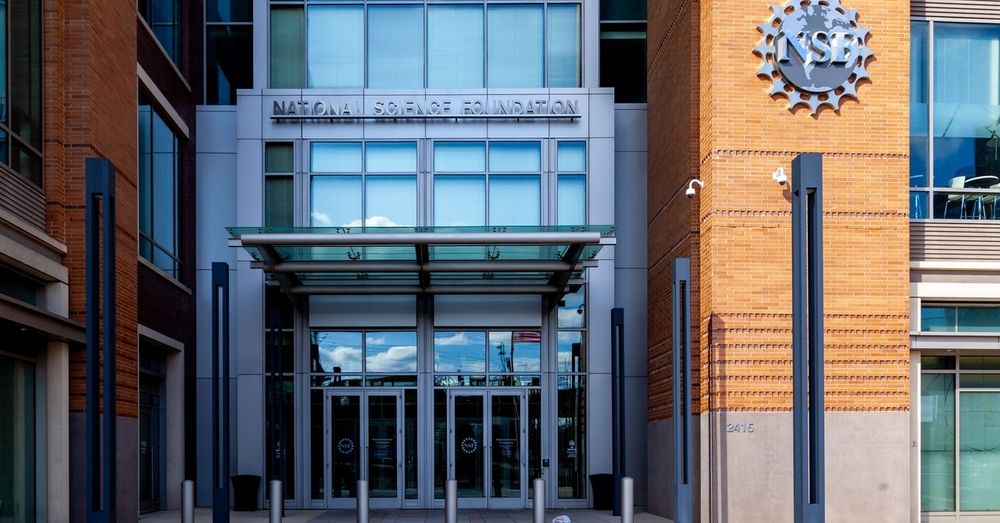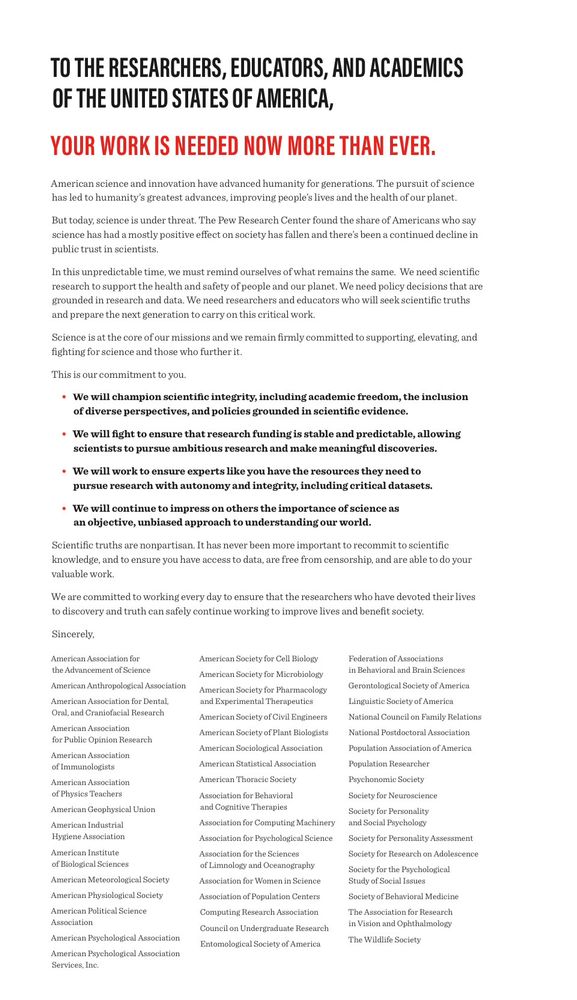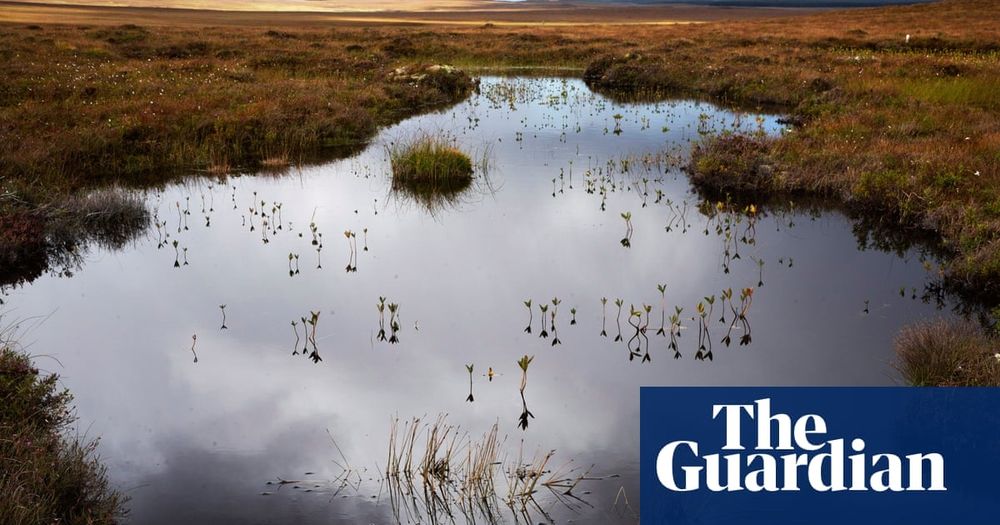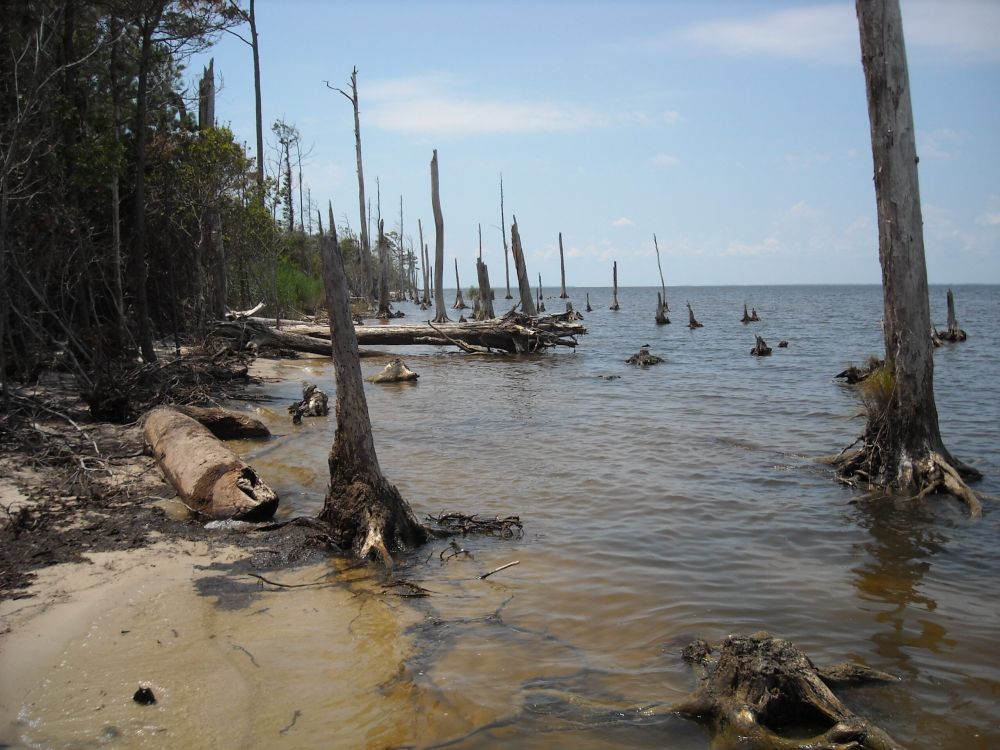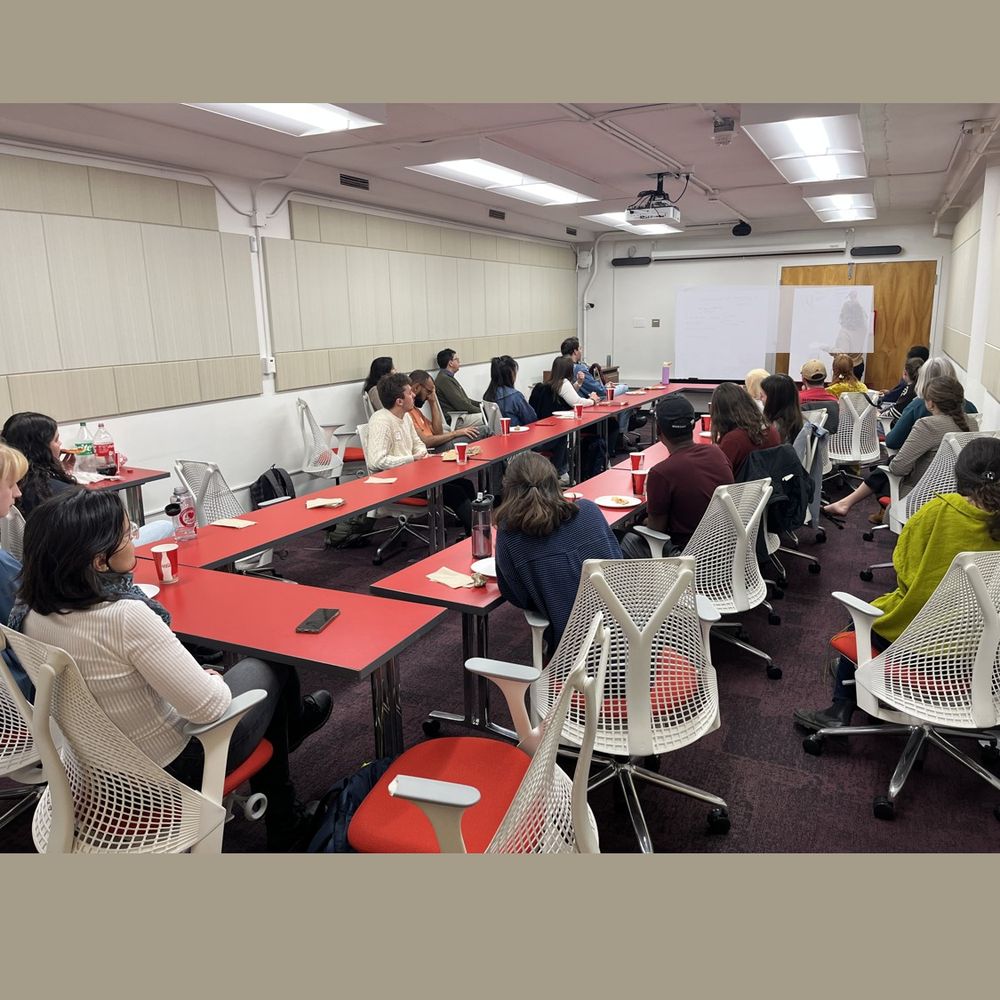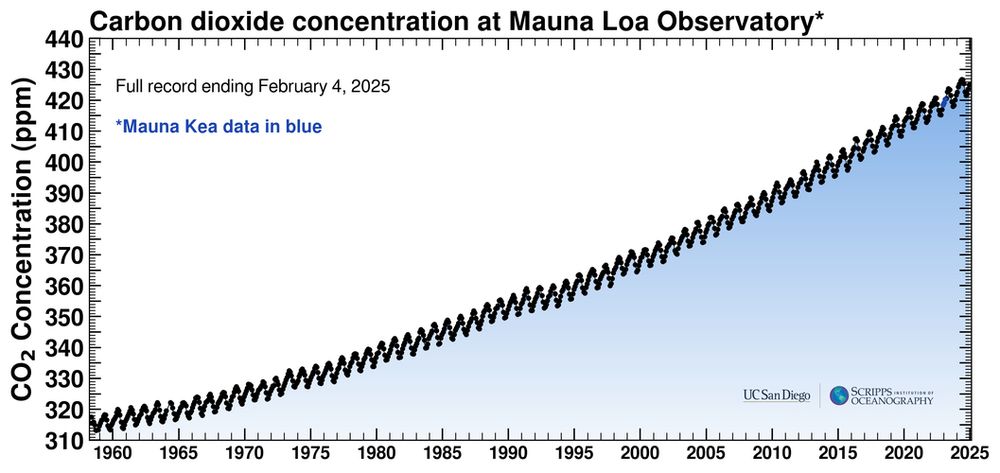Marcelo Ardon
@ardonlab.bsky.social
250 followers
340 following
18 posts
We study wetlands and streams.
Posts
Media
Videos
Starter Packs
Reposted by Marcelo Ardon
Tom Gill
@tomgillpredicts.bsky.social
· Jun 4
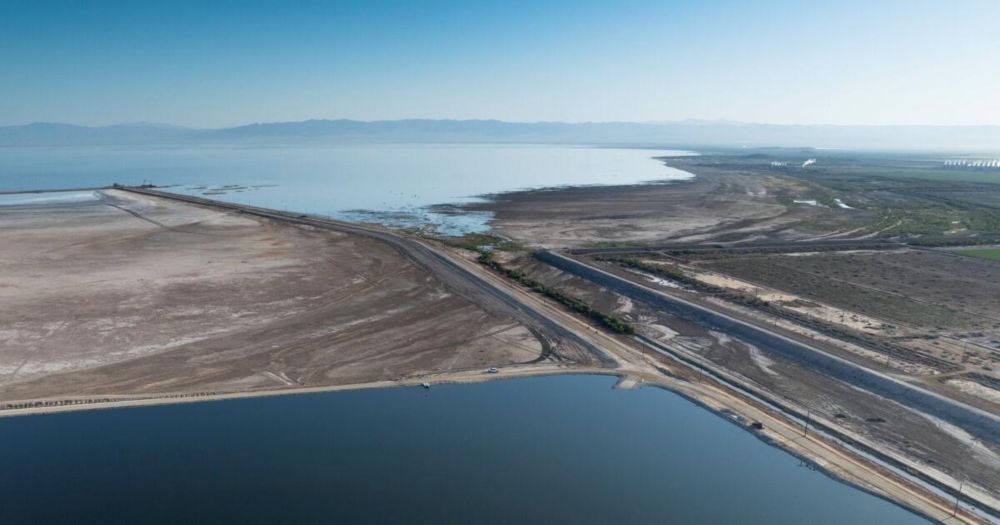
California turns on water to create new wetlands on the shore of the shrinking Salton Sea
California officials sent water flowing to create new wetlands along the shores of the shrinking Salton Sea. The project is intended to control dust and provide habitat for birds.
www.latimes.com
Reposted by Marcelo Ardon
Pep Canadell
@pepcanadell.bsky.social
· Jun 4
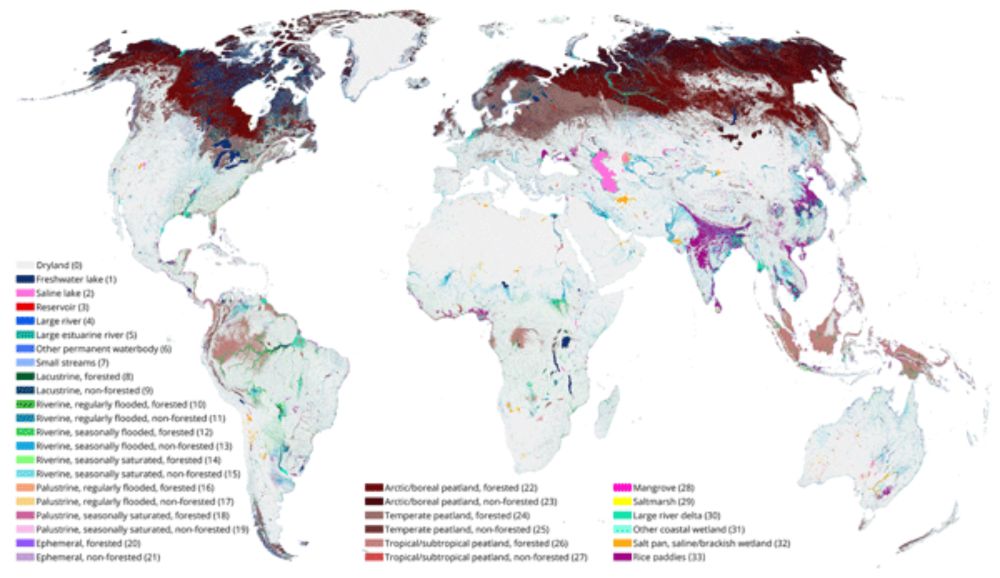
Mapping the world's inland surface waters: an upgrade to the Global Lakes and Wetlands Database (GLWD v2)
Abstract. In recognition of the importance of inland waters, numerous datasets mapping their extents, types, or changes have been created using sources ranging from historical wetland maps to real-tim...
essd.copernicus.org
Reposted by Marcelo Ardon
Marcelo Ardon
@ardonlab.bsky.social
· May 31
Reposted by Marcelo Ardon
Reposted by Marcelo Ardon
Union of Concerned Scientists
@ucs.org
· Feb 26
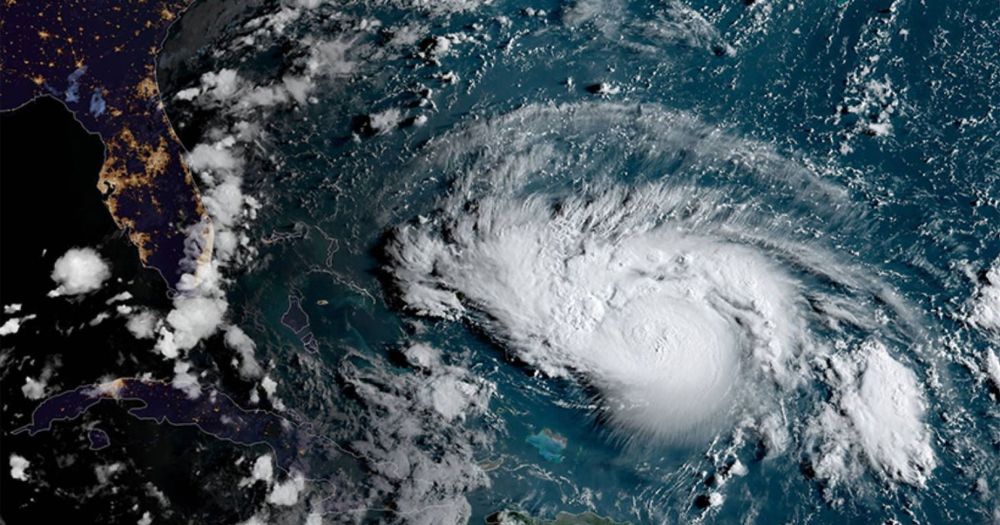
Protect NOAA: Our Safety in a Climate-Changed World Depend on It
President Trump and Elon Musk want to dismantle the National Oceanic and Atmospheric Administration (NOAA). That would eliminate free public access to weather forecasts, hurricane tracking, wildfire a...
secure.ucsusa.org
Reposted by Marcelo Ardon
Reposted by Marcelo Ardon
Reposted by Marcelo Ardon
Reposted by Marcelo Ardon
Reposted by Marcelo Ardon
Reposted by Marcelo Ardon
Reposted by Marcelo Ardon
Matthias C. Rillig
@mrillig.bsky.social
· Feb 15
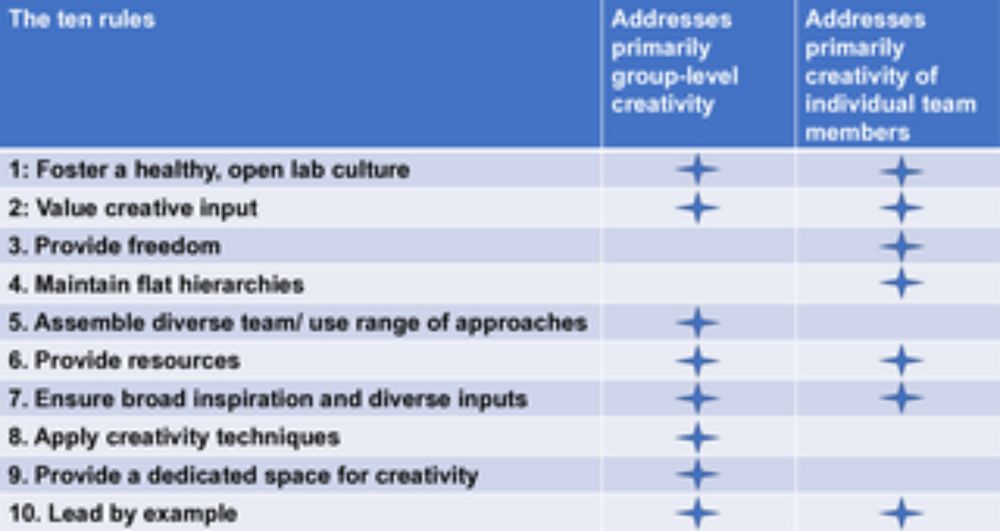
Ten simple rules for fostering creativity in research labs
Research lab groups are hotspots for the education of the next generation of scientists, and making these units work as creatively as possible is essential for solving pressing issues in biology, the ...
journals.plos.org
Reposted by Marcelo Ardon
Reposted by Marcelo Ardon
Reposted by Marcelo Ardon
Reposted by Marcelo Ardon
Reposted by Marcelo Ardon
Reposted by Marcelo Ardon
David Ho
@davidho.bsky.social
· Feb 4
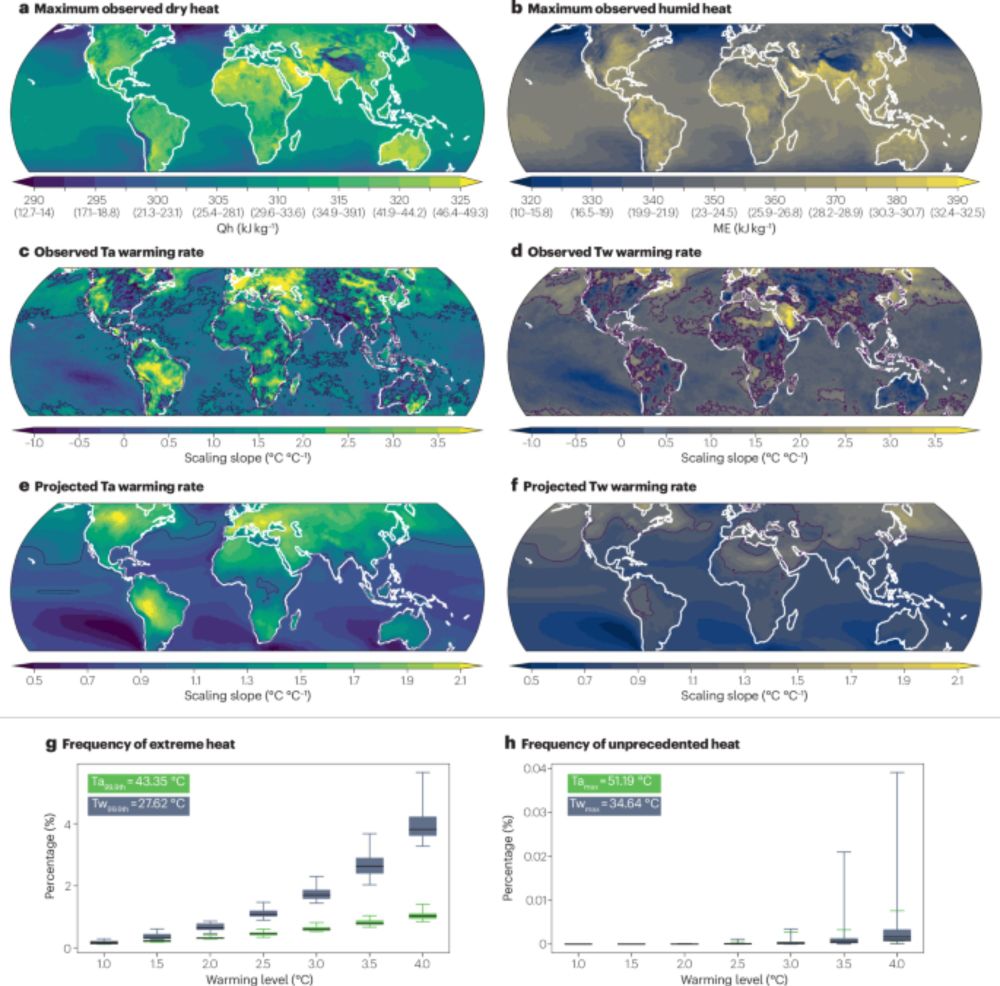
Mortality impacts of the most extreme heat events - Nature Reviews Earth & Environment
Extreme heat is increasing in magnitude and frequency, threatening human health. This Review assesses mortality risk associated with extreme heat, revealing that human thermal tolerances (that is, unc...
www.nature.com
